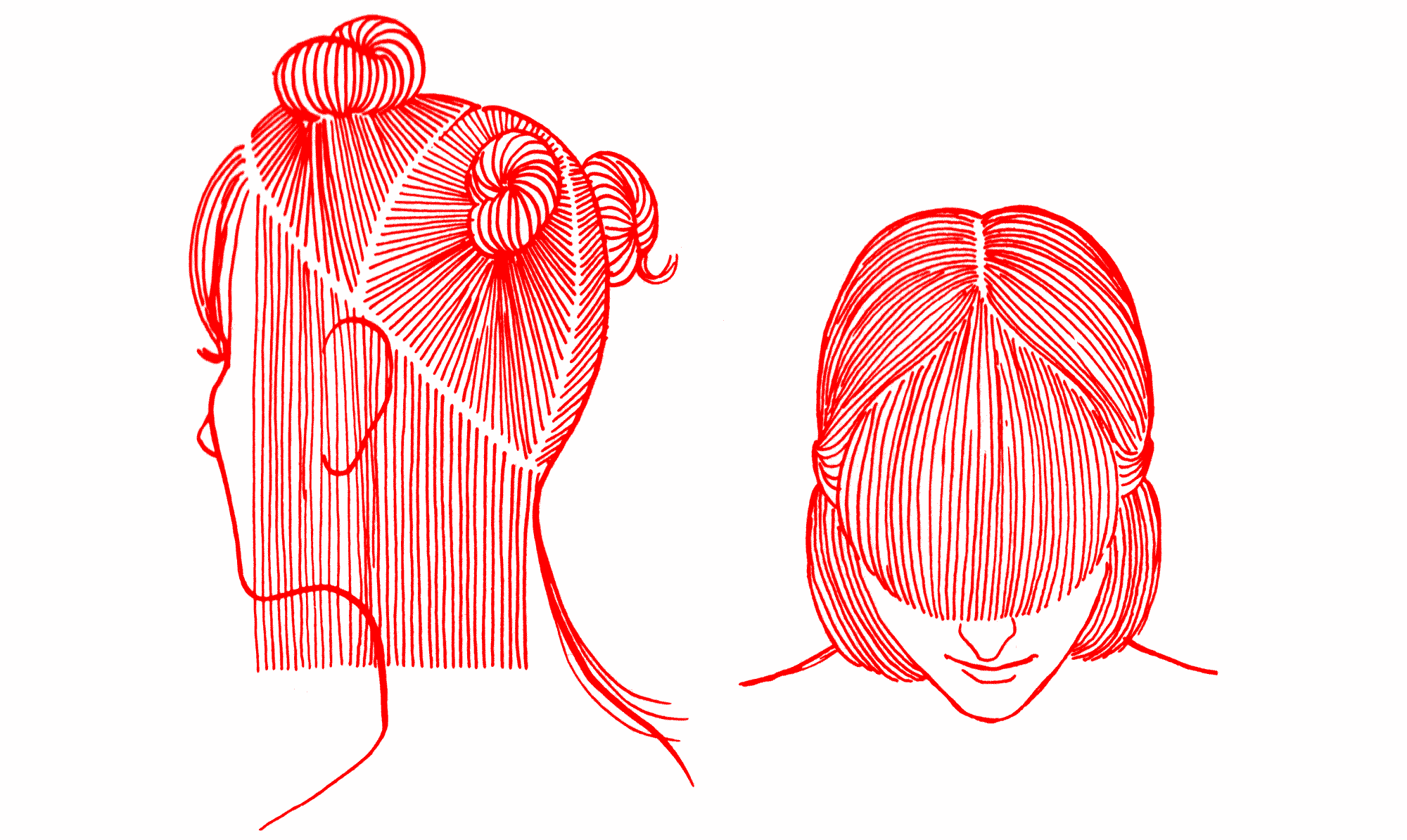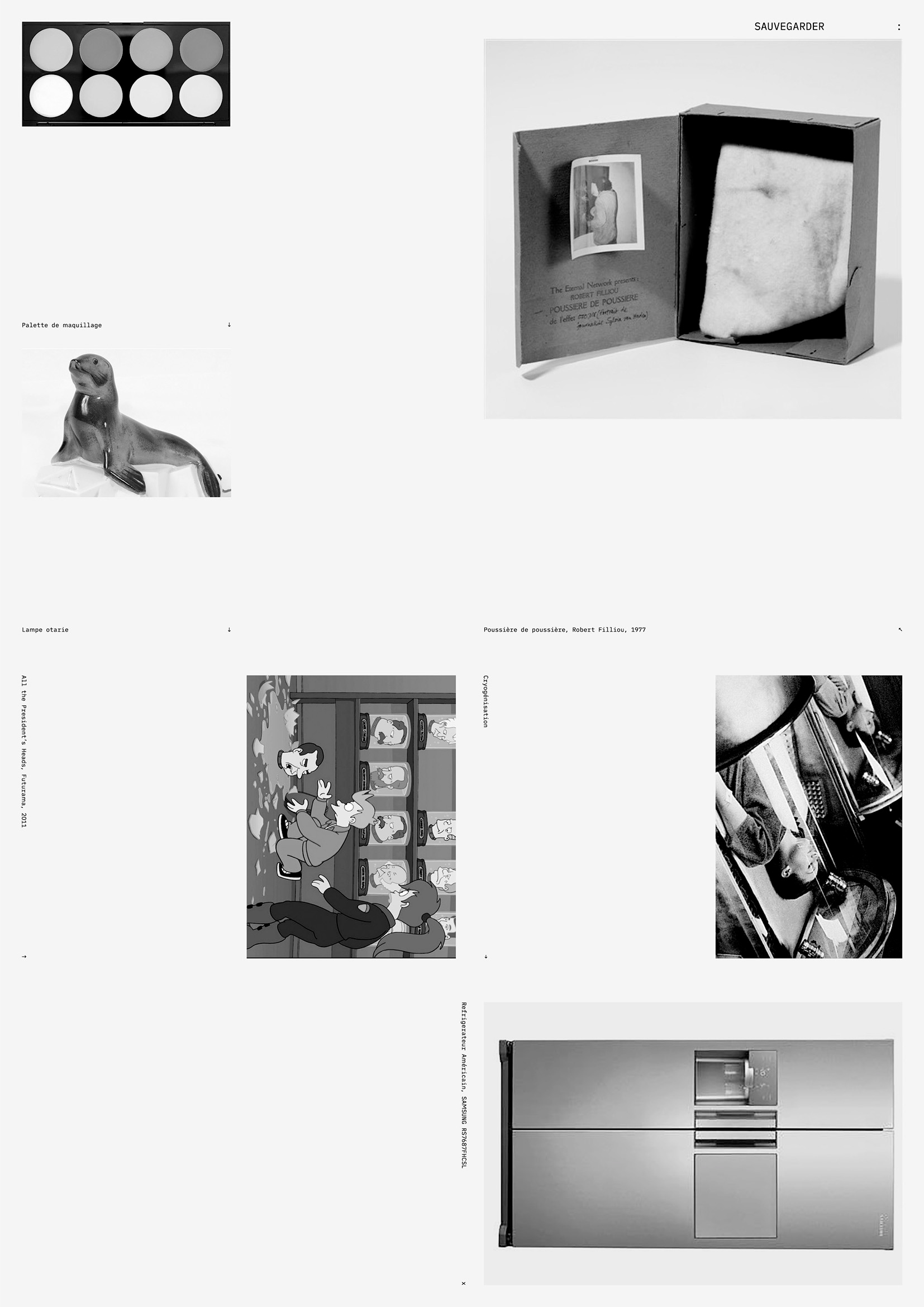You are now subscribed.

CN187
May 11 2021

The pool of the Wellspring Condominiums is a long blue rectangle surrounded by a beige, cracked concrete pad. A black, 8 foot high fence runs the perimeter. Worn, pale-green lounges are scattered about. On the western side, a path leaves the pool, crossing a sweeping but unkempt lawn, leading up to a white complex of buildings. The architecture hints at deco and feels more than a little like a sanatorium. The southern end of the pool touches a large black parking lot, which it shares with staff from the community college.
The eastern side presses right up against a dense wood (a preserve of government land). Some of the piny branches poke through the links. The north end of the pool opens to a view of far reaching wetlands — a flat plain of marsh grasses and sinewy waterways. This view and the forest is why we like to come here.
On this past Saturday we stopped by just to sit; it was too cold for a swim. There was one other person on the north side with their back to the marsh. They barely moved and were under what looked like a ton of towels, and possibly a hooded bathrobe. In the distance beyond, a storm was gathering; there was an air of those paintings by Martin Johnson Heade about. As the dark spread, the person/pile of white towels, the pale green lounges, the beige concrete, the looming condos, all became vibrant and spectral, against the blue black clouds.
A sudden breeze interrupted our dazed appreciation and pressed an errant sheet of paper against our shoulder. It seemed to be some sort of school handout. It read “English 40A, Page 3.” There was a single question printed on it: “What is outside the story?”. Below it, in neat blue ink was spelled: “Everything?”. A large raindrop plopped down directly onto the blue ink, making the letters instantly illegible.
Sites in Use


Non-objective engineering? Machine abstraction? Exploded view fetishism? Raymond Roussellian architecturing? So exquisitely resolved and singularly obsessed is the work of Belgian designer/architect Stijn Jonckheere that perhaps it’s best if we simply call his beguiling exploits: Jonckheerism.


Perron et Freres


Emily Schofield


CINIMA3
Graphic Design
Style
Architecture
& Design
Art
Photo
Follow Selections:
@cargoworld @cargo.style @cargo.arch.design
@cargo.photo @cargo.art
Shops on Cargo
Goings-On(line)
An offering of pieces and projects from around the web.
Amy Clampitt, A Hermit Thrush, 1997
Chalayan, Fall/ Winter, 1998
Edward Yang, Taipei Story, 1985
Tai Shani, The Neon Hieroglyph, 2021
David Sims, I’m Not Happy, I’m Sad, 2020
Oracle
At the beginning of each week, we draw a single Tarot card and consult the I Ching. The Tarot card represents the person (you, me, us). The I Ching reading speaks to the nature of the scenario that you, me, us will face throughout the week. Think of it as protagonist (tarot) and plot or theme (I Ching). It is our opinion that neither the I Ching nor the Tarot are tools of prediction, but rather a mechanism to aid in self reflection.
Before reading further, we recommend you collect your thoughts regarding the state of affairs inside your head as well as what you are involved with externally. Take precise stock of your emotional temperature and your goals for the week. The more preparation and detail, the better the results.
So, of both the Tarot and the I Ching, we asked the following: for the coming week, what is the best advice for the engaged and sincere person?
Petite Reading
A flame and its fuel must be caring and loving partners. This should not be a flashy or ostentatious interdependence, but strive for a powerful and unassuming rhythm.
Complete Reading
This week we pulled the Emperor. This card symbolizes dominion, pointing to aspects like strength, power and reinforcement. It might be a good time to consider the tactical aspects of an endeavor — to make a plan and then forcefully put it into action.
Our first hexagram this week is #56, The Wanderer. Here the subject is of the outsider, aka: the pilgrim, the drifter, the rambler… For most, this is an aspect of personality, a single character in the troupe of a persona. For others, this is who one is entirely. But whether outsiderness is just a searching/reconnaissance aspect or it is one’s character to the core, there is clear wisdom here for either: “When a person is a wanderer and stranger, they should not be gruff nor overbearing. They have no large circle of acquaintances, therefore they should not give themself airs. They must be cautious and reserved; in this way they protect themself from evil.”
Our second hexagram, the one that suggests how best to meet the challenges (or the changes) is #30, The Clinging, Fire. The image here, the analogue, is that of a candle, or lantern flame. Light giving is a scenario of dependence; a bright flame cannot exist (accept as a flash) without fuel and a site to burn. Since extended illumination is what is wanted in life, fuel and flame must be partners. Willful interdependence is a constant theme of the I Ching — as in hexagram 19 where it states “To rule truly is to serve”.
A flame and its fuel must be caring and loving partners. This should not be a flashy or ostentatious interdependence, but strive for a powerful and unassuming rhythm.
Complete Reading
This week we pulled the Emperor. This card symbolizes dominion, pointing to aspects like strength, power and reinforcement. It might be a good time to consider the tactical aspects of an endeavor — to make a plan and then forcefully put it into action.
Our first hexagram this week is #56, The Wanderer. Here the subject is of the outsider, aka: the pilgrim, the drifter, the rambler… For most, this is an aspect of personality, a single character in the troupe of a persona. For others, this is who one is entirely. But whether outsiderness is just a searching/reconnaissance aspect or it is one’s character to the core, there is clear wisdom here for either: “When a person is a wanderer and stranger, they should not be gruff nor overbearing. They have no large circle of acquaintances, therefore they should not give themself airs. They must be cautious and reserved; in this way they protect themself from evil.”
Our second hexagram, the one that suggests how best to meet the challenges (or the changes) is #30, The Clinging, Fire. The image here, the analogue, is that of a candle, or lantern flame. Light giving is a scenario of dependence; a bright flame cannot exist (accept as a flash) without fuel and a site to burn. Since extended illumination is what is wanted in life, fuel and flame must be partners. Willful interdependence is a constant theme of the I Ching — as in hexagram 19 where it states “To rule truly is to serve”.





































